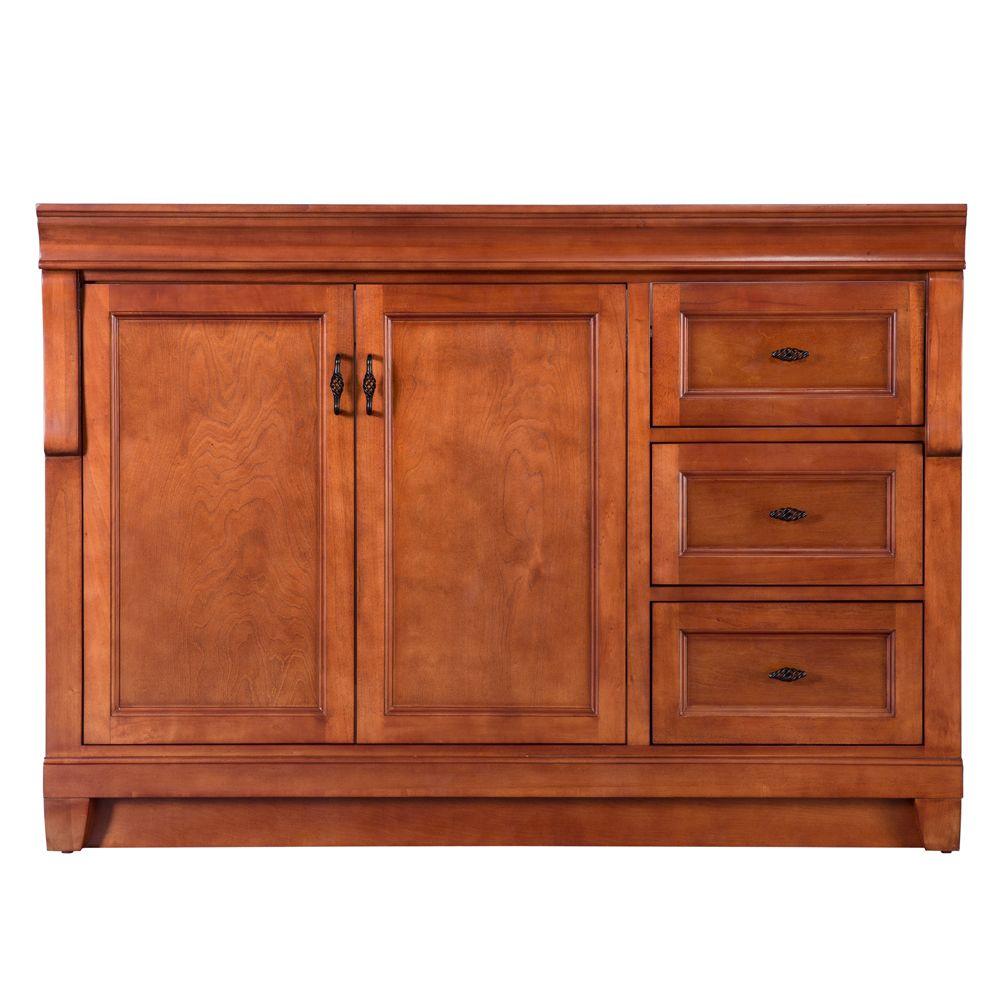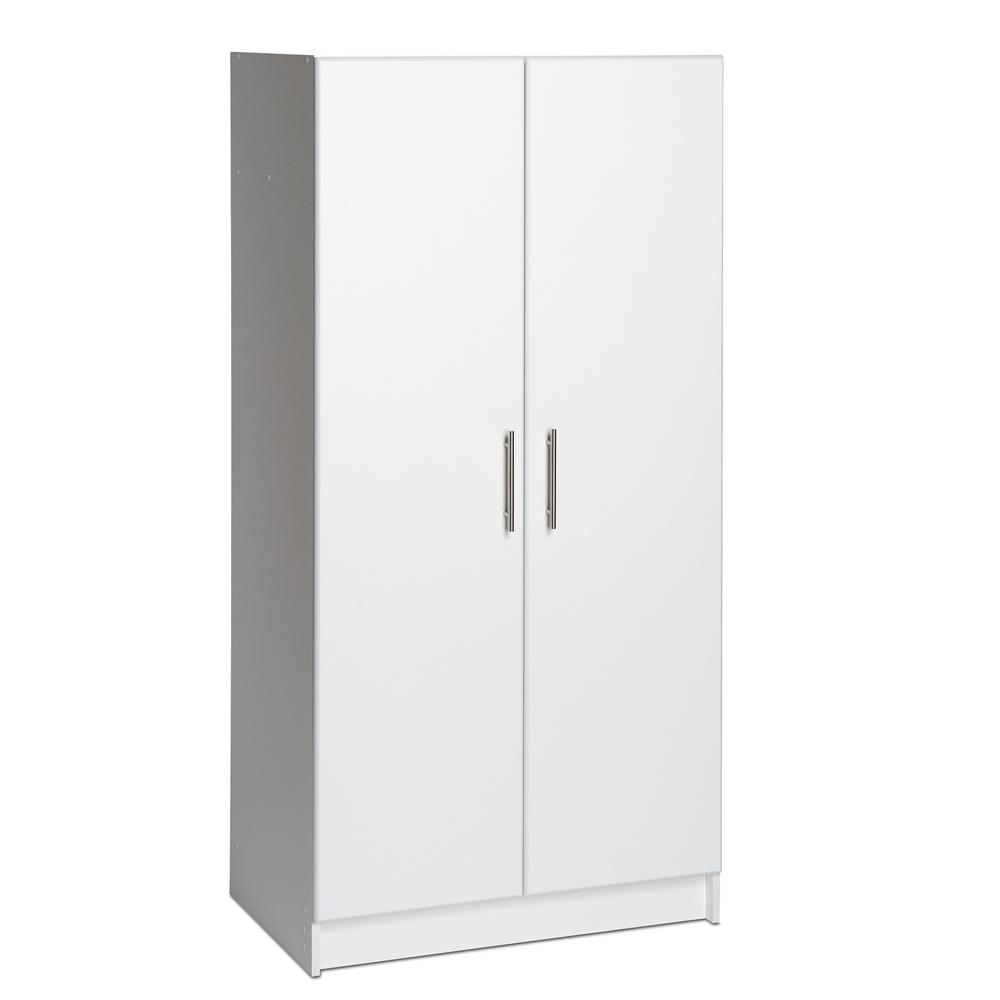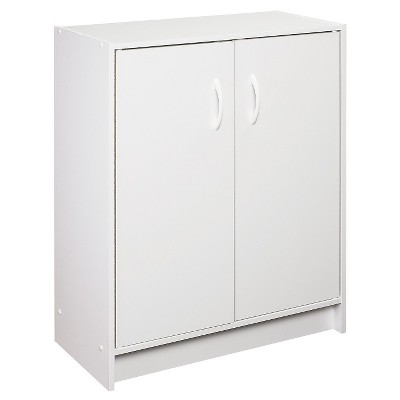
noun
- a piece of furniture with shelves, drawers, etc., for holding or displaying items: a curio cabinet; a file cabinet.
- a wall cupboard used for storage, as of kitchen utensils or toilet articles: a kitchen cabinet; a medicine cabinet.
- a piece of furniture containing a radio or television set, usually standing on the floor and often having a record player or a place for phonograph records.
- (often initial capital letter) a council advising a president, sovereign, etc., especially the group of ministers or executives responsible for the government of a nation.
- (often initial capital letter) (in the U.S.) an advisory body to the president, consisting of the heads of the 13 executive departments of the federal government.
- a small case with compartments for valuables or other small objects.
- a small chamber or booth for special use, especially a shower stall.
- a private room.
- a room set aside for the exhibition of small works of art or objets d’art.
- Also called cabinet wine. a dry white wine produced in Germany from fully matured grapes without the addition of extra sugar.
- New England chiefly Rhode Island and (Southern Massachusetts ). a milk shake made with ice cream.
- Archaic. a small room.
- Obsolete. a small cabin.
adjective
- pertaining to a political cabinet: a cabinet meeting.
- private; confidential; secret.
- pertaining to a private room.
- of suitable value, beauty, or size for a private room, small display case, etc.: a cabinet edition of Milton.
- of, relating to, or used by a cabinetmaker or in cabinetmaking.
- Drafting. designating a method of projection (cabinet projection) in which a three-dimensional object is represented by a drawing (cabinet drawing) having all vertical and horizontal lines drawn to exact scale, with oblique lines reduced to about half scale so as to offset the appearance of distortion.Compare axonometric, isometric(def 5), oblique(def 13).
noun
-
- a piece of furniture containing shelves, cupboards, or drawers for storage or display
- (as modifier)cabinet teak
- the outer case of a television, radio, etc
-
- (often capital)the executive and policy-making body of a country, consisting of all government ministers or just the senior ministers
- (sometimes capital)an advisory council to a president, sovereign, governor, etc
- (as modifier)a cabinet reshuffle; a cabinet minister
-
- a standard size of paper, 6 × 4 inches (15 × 10 cm) or 6 1/2 × 4 1/4 inches (16.5 × 10.5 cm), for mounted photographs
- (as modifier)a cabinet photograph
- printing an enclosed rack for holding cases of type, etc
- archaic a private room
- (modifier) suitable in size, value, decoration, etc, for a display cabineta cabinet edition of Shakespeare
- (modifier) (of a drawing or projection of a three-dimensional object) constructed with true horizontal and vertical representation of scale but with oblique distances reduced to about half scale to avoid the appearance of distortion
- (modifier) (of a wine) specially selected and usually rare
1540s, “secret storehouse, treasure chamber,” from Middle French cabinet “small room” (16c.), diminutive of Old French cabane “cabin” (see cabin); perhaps influenced by (or rather, from) Italian gabbinetto, diminutive of gabbia, from Latin cavea “stall, stoop, cage, den for animals” (see cave (n.)).
Meaning “case for safe-keeping” (of papers, liquor, etc.) is from 1540s, gradually shading to mean a piece of furniture that does this. Sense of “private room where advisors meet” (c.1600) led to modern political meaning (1640s); perhaps originally short for cabinet council (1630s); cf. board (n.1) in its evolution from place where some group meets to the word for the group that meets there.
A select group of officials who advise the head of government. In nations governed by parliaments, such as Britain, the members of the cabinet typically have seats in parliament. (Compare cabinet under “American Politics.”)
A group of presidential advisers, composed of the heads of the fourteen government departments (the secretaries of the Department of Agriculture, Department of Commerce, Department of Defense, Department of Education, Department of Energy, Department of Health and Human Services, Department of Housing and Urban Development, Department of the Interior, Department of Labor, Department of State, Department of Transportation, Department of the Treasury, Department of Veterans Affairs, and the attorney general (head of the Department of Justice) — all of whom are appointed by the president and confirmed by the Senate) and a few other select government officials. Theoretically, the cabinet is charged with debating major policy issues and recommending action by the executive branch; the actual influence of the cabinet, however, is limited by competition from other advisory staffs.
 Liberal Dictionary English Dictionary
Liberal Dictionary English Dictionary

